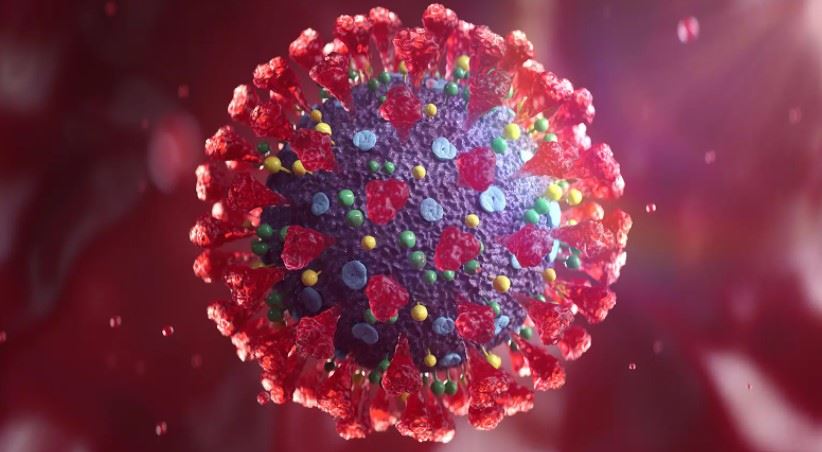 Researchers have discovered new data around the origins of the COVID-19 pandemic, and WHO is calling on China to be transparent about their research and data, Science reported March 17. [Beckers Hospital Review]
Researchers have discovered new data around the origins of the COVID-19 pandemic, and WHO is calling on China to be transparent about their research and data, Science reported March 17. [Beckers Hospital Review]
Recently, researchers found new genetic data that links SARS-CoV-2, the virus that causes COVID-19, with raccoon dogs sold at a market in Wuhan, China. The genetic data was made publicly available on Jan. 30 and showed a mix of COVID-19 and animal DNA, including raccoon dogs and civets. Although they don't prove the pandemic's origins, WHO said they support the theory that the virus likely jumped from animals to humans.
"These data could have — and should have — been shared three years ago," WHO Director-General Tedros Adhanom Ghebreyesus, PhD, said at a press conference, according to the article. "We continue to call on China to be transparent in sharing data, and to conduct the necessary investigations and share the results."
At the March 17 press conference, Dr. Tedros said the China market data had been taken down.
Maria Van Kerkhove, PhD, infectious disease epidemiologist who oversees WHO's program on emerging diseases and zoonoses, set up a meeting with the Chinese scientists who found the new data but reportedly still has a lot of unanswered questions due to the apparent lack of data disclosure, according to her interview with Science.
"It's inexcusable," she told Science. "The scientific imperative, the public health importance, the moral importance of this should override everything else that's happening and it's not."
Other news from WHO on this topic>
###
